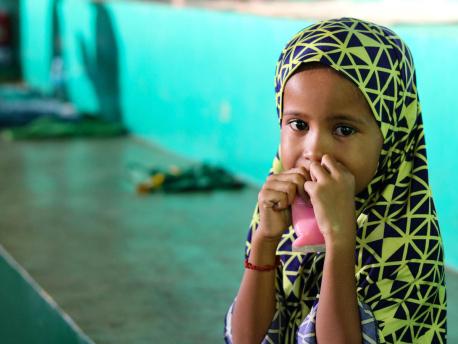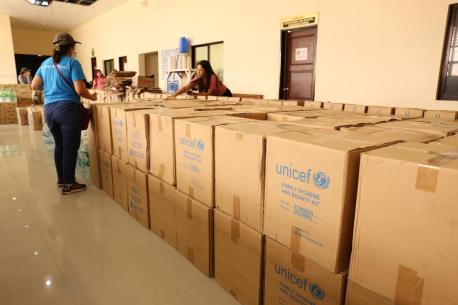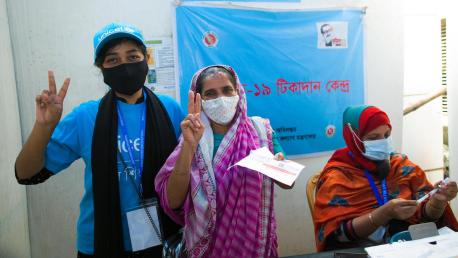
How UNICEF Innovation Helps Lost Children After Typhoon Haiyan
UNICEF will begin using RapidFTR (Family Tracing and Reunification) in the Philippines tomorrow.
RapidFTR, a mobile phone-based tool developed by UNICEF, speeds up the process of identifying unaccompanied children and reuniting them with their families. Mac Glovinsky leads the Emergencies group in UNICEF’s Innovation Unit in New York and was deployed to the Philippines as part of the five-person RapidFTR team. Kini Schoop, the U.S. Fund's Public Relations Director, spoke with Glovinsky in Manila before he left for Tacloban.
How does RapidFTR streamline the reunification process after a disaster?
Mac Glovinsky: It allows the quick input of a child's essential details and photo. These are uploaded to a central database whenever network access becomes available. Emergency child protection workers in the field register children in their care and search existing entries to help distressed parents find their missing children.
Has UNICEF ever used RapidFTR before? Where? Tell us about it?
Glovinsky: RapidFTR was developed by UNICEF for use in Uganda during emergencies there. UNICEF has since used it in South Sudan. To date, it has registered over a thousand children.
What do you have to do to get RapidFTR up and running?
Glovinsky: Our day-to-day work will involve training UNICEF field staff members and partners how to enter data into the phones, take pictures correctly and use the system. We'll begin at our Child Friendly Spaces in the affected areas, and later, through other registration points for displaced persons. This means spending most of our days out in the field in the hardest hit areas, working alongside emergency responders.
What makes your work exciting?
Glovinsky: I like working in emergencies because of the pace and pressure to deliver on a massive scale. It’s something I’ve found extremely challenging and equally, if not more, rewarding. Using new technologies and processes to deliver better for children always poses new and interesting challenges, and I like to think on my feet.
See UNICEF's RapidFTR system at work reuniting lost children with their families in Uganda.



